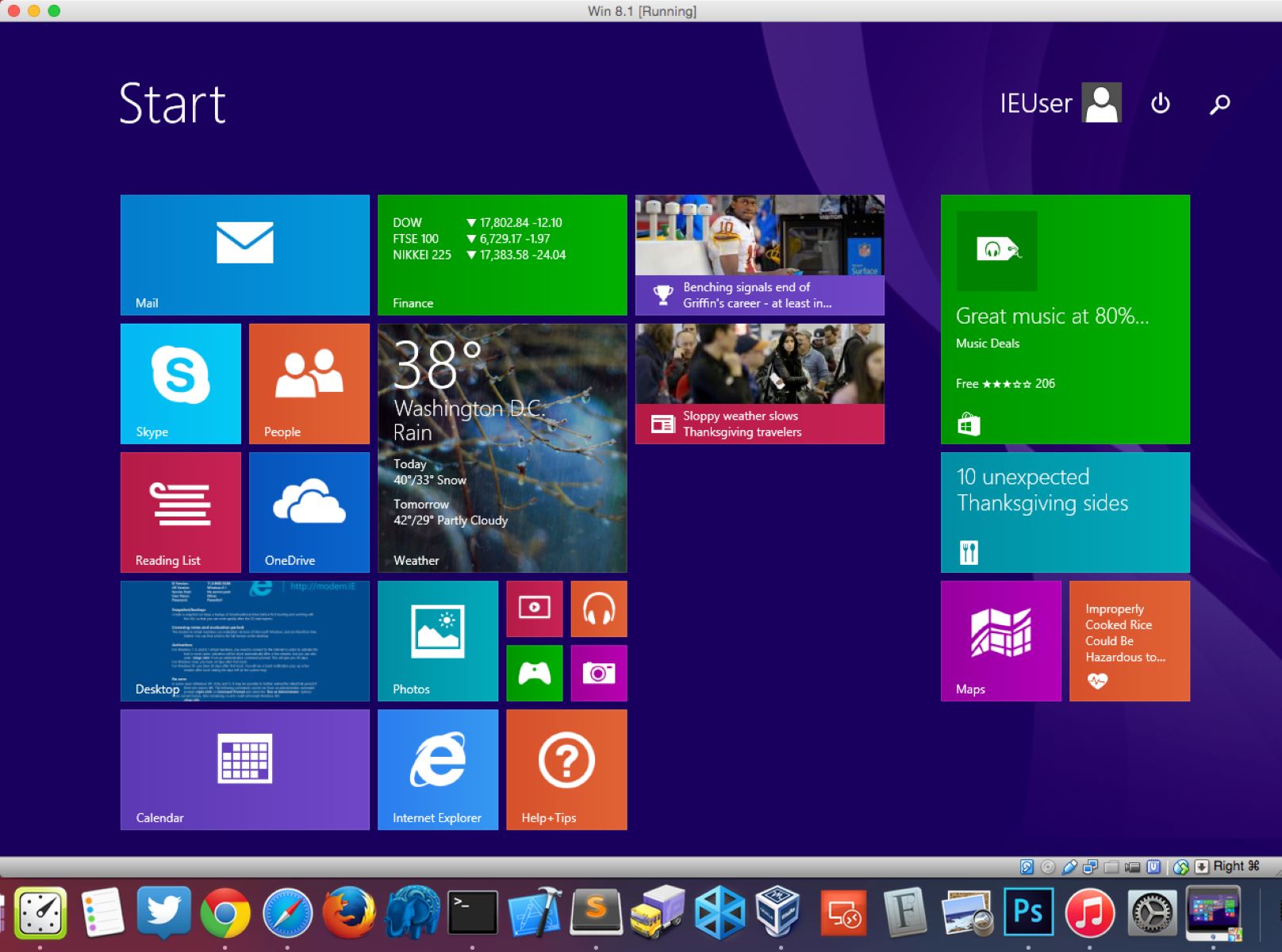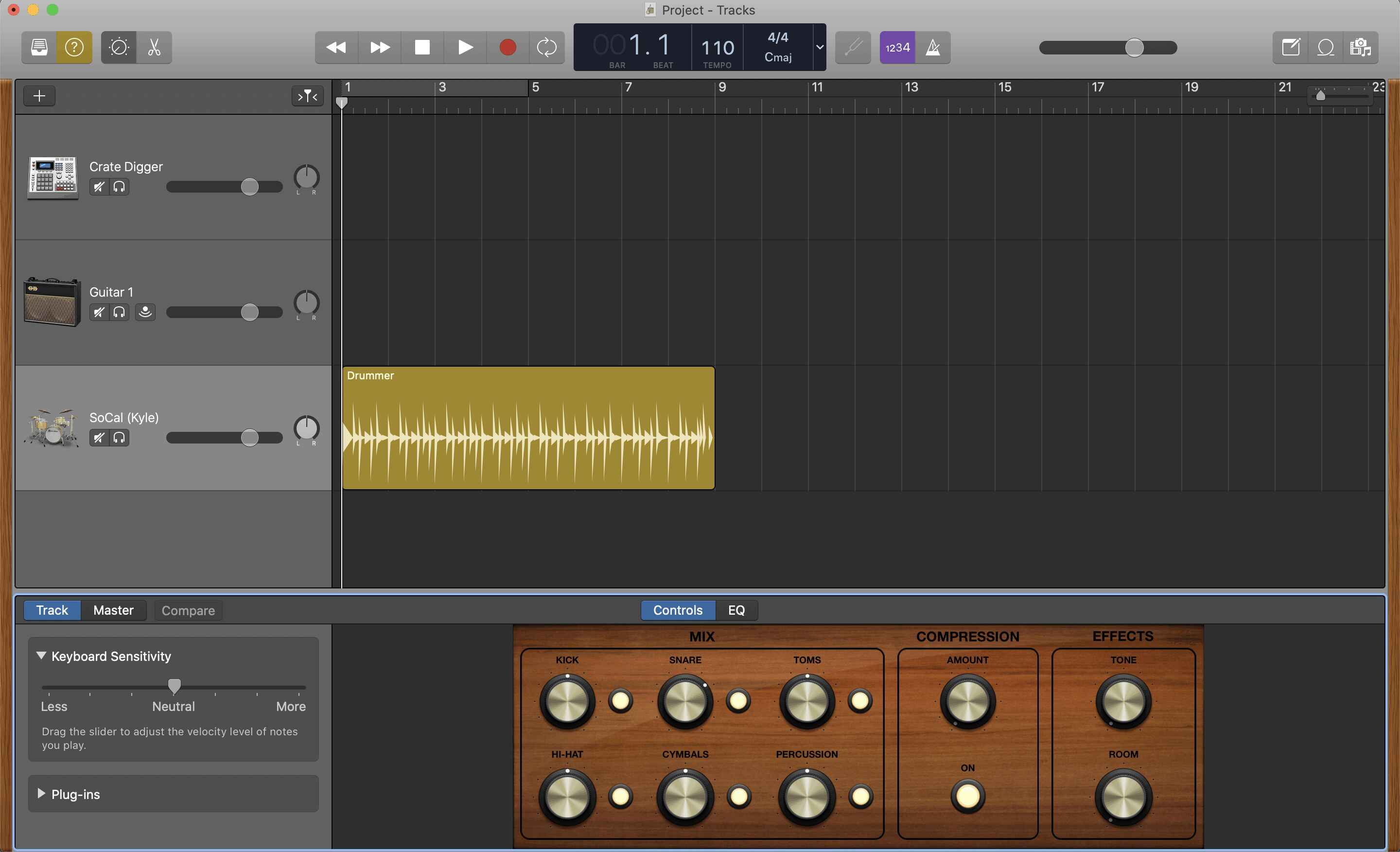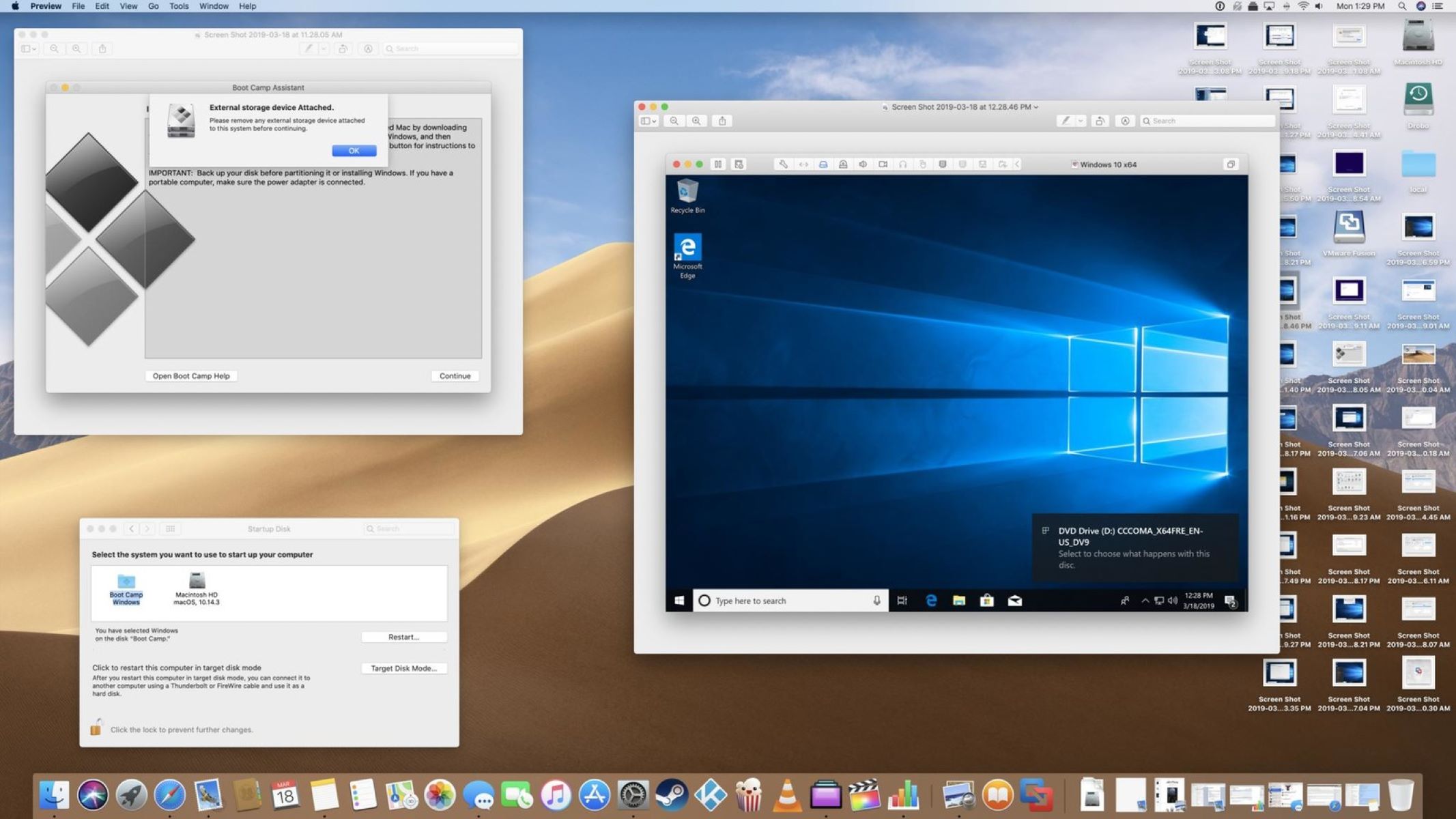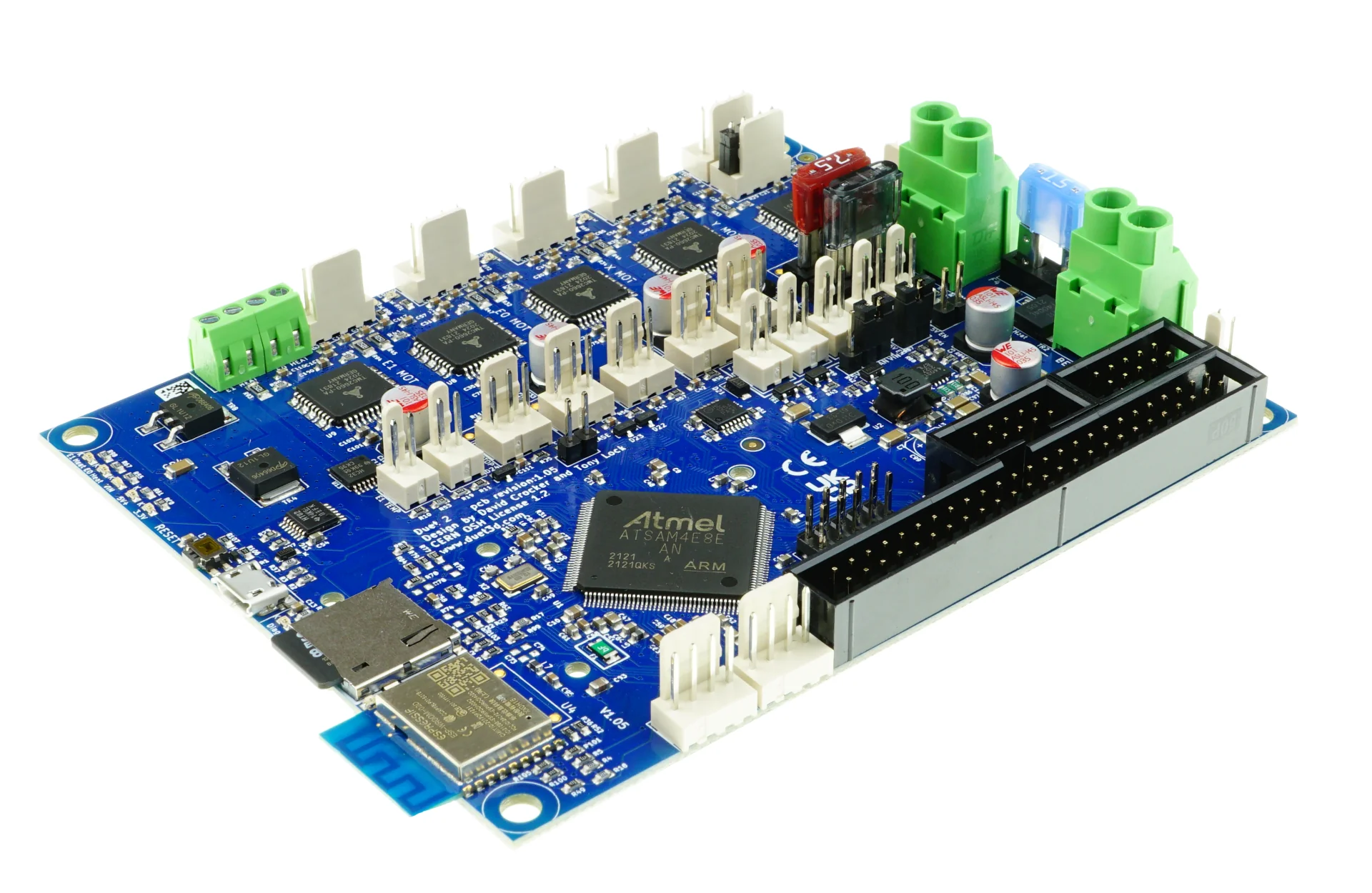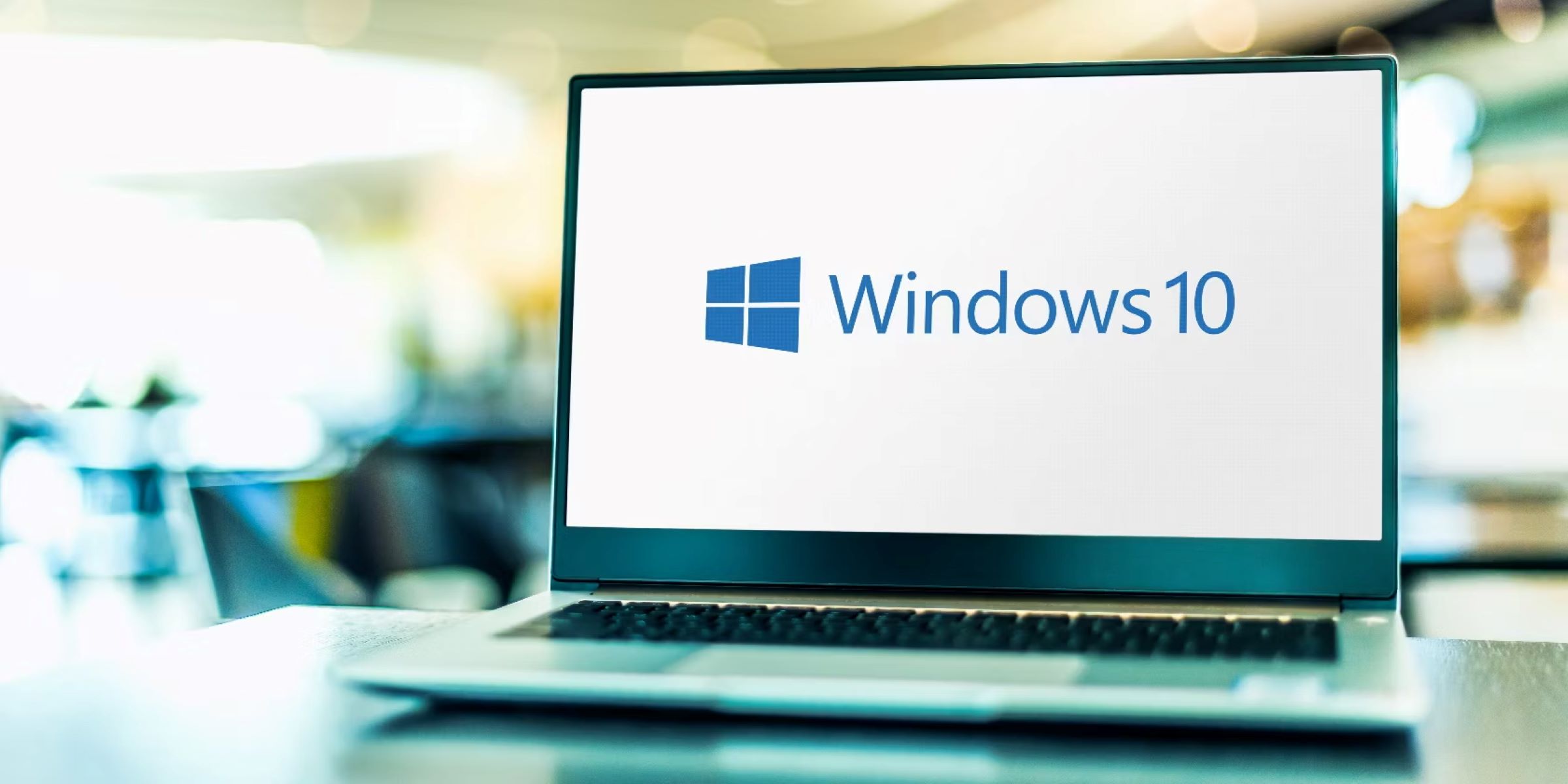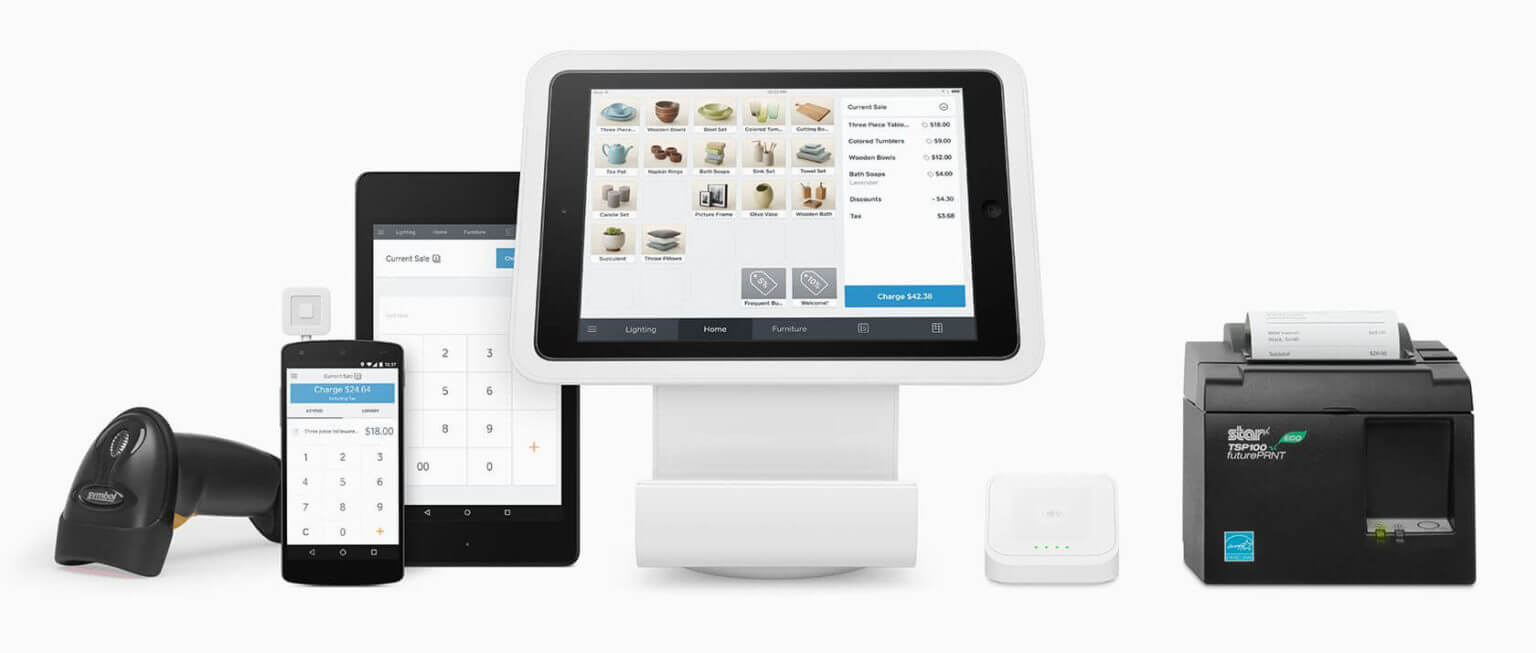Installing Hyper-V in Windows 8.1
Hyper-V is a powerful virtualization platform that allows you to create and run multiple virtual machines on your Windows 8.1 computer. To install Hyper-V, follow these steps:
- Press the Windows key + X on your keyboard and select “Programs and Features” from the menu that appears.
- In the Programs and Features window, click on “Turn Windows features on or off” located in the left-hand sidebar.
- In the Windows Features dialog box, scroll down and check the box next to “Hyper-V”.
- Click on “OK” and wait for Windows to install the necessary files. You may be prompted to restart your computer after the installation is complete.
Once Hyper-V is installed, you can access it by searching for “Hyper-V Manager” in the Start menu. The Hyper-V Manager allows you to create and manage virtual machines on your computer.
It’s worth noting that you need to have a 64-bit version of Windows 8.1 and a processor that supports virtualization in order to install and use Hyper-V. Additionally, enabling Hyper-V will disable any other virtualization software you may have installed, such as VirtualBox or VMware Workstation.
Installing Hyper-V in Windows 8.1 gives you the ability to run multiple operating systems simultaneously, ideal for developers, IT professionals, and enthusiasts. You can create virtual machines for testing software, running different versions of an operating system, or isolating potentially harmful programs.
Overall, Hyper-V is a valuable feature in Windows 8.1 that unlocks a world of possibilities for virtualization. By following these steps, you can easily install Hyper-V on your computer and take advantage of its powerful capabilities.
Creating a Virtual Switch in Hyper-V
A virtual switch in Hyper-V allows virtual machines to communicate with each other and the host machine as if they were connected to a physical network switch. To create a virtual switch in Hyper-V, follow these steps:
- Open Hyper-V Manager by searching for it in the Start menu.
- In the Hyper-V Manager, click on the name of your computer in the left-hand pane.
- In the Actions pane on the right, click on “Virtual Switch Manager”.
- In the Virtual Switch Manager, select “External” and click on “Create Virtual Switch”.
- Give your virtual switch a name and choose the network connection you want to bind it to.
- Choose the type of connection you want to use. If you are unsure, “External network” is usually the default and most commonly used option.
- Click on “OK” to create the virtual switch.
Once the virtual switch is created, you can associate it with one or more virtual machines, allowing them to communicate with each other and the external network. This enables virtual machines to access network resources and services.
It’s important to note that the virtual switch operates on Layer 2 of the OSI model, which means it works at the data link layer. This allows virtual machines to communicate using MAC addresses and perform tasks such as DHCP and ARP.
Creating a virtual switch in Hyper-V gives you the flexibility to connect your virtual machines to different network configurations, such as bridging them to your physical network or setting up private network connections between virtual machines.
In summary, creating a virtual switch in Hyper-V is a crucial step in configuring and managing your virtual machines’ network connectivity. By following these steps, you can easily create and configure a virtual switch to enable seamless communication between your virtual machines and the external network.
Creating a new Virtual Machine in Hyper-V
In Hyper-V, a virtual machine (VM) is a software emulation of a computer system, allowing you to run multiple operating systems on a single physical machine. To create a new virtual machine in Hyper-V, follow these steps:
- Open Hyper-V Manager by searching for it in the Start menu.
- In the Hyper-V Manager, click on “New” and select “Virtual Machine” from the drop-down menu.
- In the New Virtual Machine Wizard, click on “Next” to begin.
- Enter a name for your virtual machine and choose a location to store its files.
- Specify the generation of the virtual machine. Generation 1 is compatible with a wider range of operating systems, while Generation 2 provides additional features for newer operating systems.
- Specify the amount of memory (RAM) to allocate to the virtual machine. The recommended amount will be displayed, but you can adjust it according to your needs.
- Choose to create a new virtual hard disk or use an existing one. If creating a new virtual hard disk, you can specify the size and location of the disk file.
- Configure the network connection for the virtual machine. You can choose to connect the virtual machine to a virtual switch, use the host machine’s network connection, or set it to “Not Connected”.
- Install an operating system on the virtual machine by selecting an installation media or an ISO file.
- Complete the wizard by reviewing the summary and clicking on “Finish”.
Once the virtual machine is created, you can start it by selecting it in the Hyper-V Manager and clicking on “Connect”. This will open a virtual machine window where you can interact with the virtualized operating system.
Creating a new virtual machine in Hyper-V allows you to run multiple operating systems simultaneously on a single physical machine, providing flexibility and convenience. It’s a great way to test software, create development environments, and isolate different tasks or projects.
In summary, the process of creating a new virtual machine in Hyper-V involves naming and configuring the virtual machine, allocating resources, specifying network settings, and installing an operating system. By following these steps, you can easily create virtual machines and harness the power of virtualization.
Configuring the Virtual Machine’s hardware settings
Once you have created a virtual machine in Hyper-V, you may need to configure its hardware settings to optimize its performance and ensure compatibility with the desired operating system. Here are the steps to configure the virtual machine’s hardware settings:
- Open Hyper-V Manager and select the virtual machine you want to configure.
- Click on the “Settings” option in the right-hand pane.
- In the settings window, you will find various hardware categories, such as processor, memory, network adapter, storage, and more.
- Select the hardware category you want to configure, such as the processor.
- Adjust the settings to meet your needs. For example, you can allocate more processors or adjust the amount of memory.
- Repeat the process for other hardware categories if necessary.
- Click on “Apply” and then “OK” to save the hardware configuration.
Configuring the virtual machine’s hardware settings allows you to allocate resources effectively and ensure the virtual machine operates smoothly. For example, increasing the memory allocation can improve the performance of memory-intensive applications.
In addition to the hardware settings, you can also configure other advanced options, such as enabling or disabling the virtual machine’s integration services. Integration services provide additional functionality and performance enhancements for virtual machines running Windows operating systems.
It’s important to note that the available hardware settings may vary depending on the generation of the virtual machine and the installed operating system. Some settings may be disabled or not applicable for certain configurations.
By carefully configuring the virtual machine’s hardware settings in Hyper-V, you can optimize its performance, allocate system resources efficiently, and ensure compatibility with the desired operating system. Taking the time to adjust these settings can greatly enhance the virtualized environment’s functionality and usability.
Installing an operating system on the Virtual Machine
After creating a virtual machine in Hyper-V, the next step is to install an operating system on it. This allows you to run applications and perform tasks within the virtualized environment. Here’s how to install an operating system on a virtual machine:
- Open Hyper-V Manager and select the virtual machine you want to install the operating system on.
- Click on the “Start” button in the right-hand pane or right-click on the virtual machine and select “Connect”.
- In the virtual machine window, click on “Media” in the top menu and select “Insert Disk…” or “Capture ISO Image…”.
- Browse and locate the installation media or ISO file for the operating system you wish to install.
- Click on “Start” to power on the virtual machine.
- The virtual machine will now boot from the installation media or ISO file.
- Follow the on-screen instructions to complete the operating system installation process, just as you would on a physical machine.
During the installation process, you may be prompted to select installation options, partition disks, and configure other settings specific to the operating system being installed. Pay attention to any prompts or instructions provided by the installation wizard.
Once the operating system installation is complete, you can log in to the virtual machine and start using it as you would with a physical computer. You can install applications, configure settings, and perform tasks within the virtualized environment.
It’s important to note that the availability of operating systems for installation depends on their compatibility with Hyper-V. Some older or specialized operating systems may not be fully supported or may require additional configuration.
By following these steps, you can easily install an operating system on a virtual machine in Hyper-V. Whether you’re testing new software, creating development environments, or running different operating systems, virtual machines allow you to experiment and work in a flexible and isolated environment.
Configuring network settings for the Virtual Machine
Configuring network settings for a virtual machine in Hyper-V is essential to enable communication between the virtual machine, the host machine, and other network resources. Here’s how you can configure network settings for a virtual machine:
- Open Hyper-V Manager and select the virtual machine you want to configure.
- Click on the “Settings” option in the right-hand pane.
- In the settings window, select the “Network Adapter” category.
- Choose the network connection type you want to use for the virtual machine.
- If you select “Not Connected,” the virtual machine will not have network connectivity.
- If you select “Default switch,” the virtual machine will be connected to the default Hyper-V switch, which provides access to the host machine’s network.
- If you select “Specific virtual switch,” you can choose a custom virtual switch created earlier and connect the virtual machine to it.
- Click on “Apply” and then “OK” to save the network configuration.
Once the network settings are configured, the virtual machine can communicate with other devices on the network. It can access shared resources, connect to the internet, and interact with other virtual machines and physical machines.
It’s important to note that configuring the network settings of a virtual machine requires an understanding of networking concepts. You may need to consult with your network administrator or refer to network documentation for specific requirements, such as VLAN settings or IP addressing.
By configuring the network settings for a virtual machine in Hyper-V, you can create a flexible and connected virtual environment. This allows for seamless integration between the virtual machine and the rest of the network infrastructure, enabling collaboration and resource sharing.
Overall, configuring network settings for a virtual machine in Hyper-V is a crucial step in maximizing its functionality. By following these steps and ensuring proper network connectivity, you can create a virtualized environment that meets your networking needs.
Managing and controlling the Virtual Machine
Once you have created a virtual machine in Hyper-V, it’s essential to understand how to manage and control it effectively. Hyper-V provides various features and options to help you monitor and interact with your virtual machines. Here’s how you can manage and control a virtual machine:
1. Start and stop the virtual machine: In the Hyper-V Manager, select the virtual machine and click on the “Start” button to power it on. To stop the virtual machine, select it and click on the “Turn Off” button.
2. Pause and resume: During runtime, you can pause the virtual machine to temporarily halt its execution. This is useful when you need to perform maintenance tasks or switch to another virtual machine. To pause the virtual machine, select it and click on the “Pause” button. To resume the virtual machine, select it and click on the “Resume” button.
3. Save and restore: You can save the state of a running virtual machine and restore it later. This allows you to preserve the current state of the virtual machine, including open applications and documents. To save the virtual machine, select it and click on the “Save” button. To restore a saved virtual machine, select it and click on the “Restore” button.
4. Snapshot: Taking snapshots of a virtual machine allows you to capture its state at a specific point in time. This is useful for creating restore points or testing different configurations without affecting the original setup. To create a snapshot, right-click on the virtual machine and select “Checkpoint”. To revert to a previous snapshot, right-click on the virtual machine and select “Apply”.
5. Monitor performance: Hyper-V provides performance monitoring tools to help you keep track of resource usage and identify performance bottlenecks. You can view performance metrics such as CPU usage, memory consumption, and network activity for each virtual machine.
6. Manage integration services: Integration services enhance the functionality and performance of virtual machines running Windows operating systems. You can enable or disable specific integration services depending on your requirements. To manage integration services, right-click on the virtual machine, select “Settings”, and navigate to the “Integration Services” category.
7. Configure automatic start actions: You can configure the virtual machine to automatically start or shut down when the host machine starts or shuts down. This option allows for seamless operation and saves time. To configure automatic start actions, right-click on the virtual machine, select “Settings”, and navigate to the “Automatic Start Action” category.
8. Remote management: Hyper-V allows remote management of virtual machines, providing the ability to control them from a different computer on the same network. This feature is helpful for managing virtual machines in larger environments or when physical access to the host machine is limited. Remote management can be enabled through the Hyper-V Manager settings.
By effectively managing and controlling your virtual machines in Hyper-V, you can ensure smooth operation, optimize resource usage, and maximize productivity. Understanding these features and options will empower you to fully leverage the capabilities of virtualization and enhance your virtualized environment.
Windows 8.1 Virtual Machine Best Practices
When working with virtual machines in Windows 8.1, there are certain best practices you can follow to optimize their performance, security, and overall functionality. Keeping these practices in mind will help you get the most out of your virtualized environment. Here are some best practices to consider:
1. Allocate sufficient resources: It’s important to allocate enough resources to your virtual machine to ensure smooth operation. Adequate memory, processor power, and storage space will help prevent performance issues and allow applications to run efficiently within the virtual machine.
2. Regularly update the virtual machine: Treat your virtual machine just like a physical machine and ensure that it is regularly updated with the latest Windows updates, patches, and security fixes. This helps protect against vulnerabilities and ensures stability and compatibility with applications and services.
3. Secure the virtual machine: Implement proper security measures within the virtual machine, such as installing antivirus software and enabling firewalls. This protects the virtual machine from potential threats and safeguards your data and network environment.
4. Back up your virtual machine: Regularly back up the virtual machine to protect against data loss and system failures. This ensures that if any issues occur, you can easily restore the virtual machine to a previous state and minimize any downtime or data loss.
5. Optimize virtual machine disk configuration: Configure the virtual machine’s hard disk settings for optimal performance. If possible, use fixed-size disks instead of dynamically expanding ones. Additionally, consider using separate virtual hard disks for the operating system and data storage to improve performance and manageability.
6. Monitor performance: Regularly monitor the performance of the virtual machine to identify any potential bottlenecks or resource constraints. Use performance monitoring tools within Hyper-V or third-party monitoring solutions to track CPU usage, memory utilization, and disk activity, among other metrics.
7. Take advantage of integration services: Integration services enhance the performance and functionality of virtual machines running Windows operating systems. Ensure that integration services are installed and up to date within your virtual machines to take advantage of features such as time synchronization, backup integration, and enhanced network and storage connectivity.
8. Test and validate applications: Before deploying applications on a virtual machine, thoroughly test them to ensure compatibility and functionality. This helps identify any issues or conflicts that may arise within the virtualized environment and allows for proper troubleshooting and resolution.
By following these best practices, you can ensure that your Windows 8.1 virtual machine operates optimally, providing a stable and secure environment for your applications and workloads. Implementing these guidelines will help you make the most of your virtualized infrastructure and enhance your overall computing experience.
Troubleshooting Common Issues with Virtual Machines in Windows 8.1
While virtual machines provide numerous benefits, they can sometimes encounter issues that affect their performance and functionality. Here are some common issues that you may come across when working with virtual machines in Windows 8.1 and troubleshooting steps to resolve them:
1. Slow performance: Slow performance in a virtual machine can be caused by various factors. One common culprit is insufficient system resources allocated to the virtual machine. Check the allocated memory and processor resources and adjust them accordingly. Also, ensure that the host machine has ample resources to support virtualization.
2. Network connectivity problems: If the virtual machine is unable to connect to the network, check the network adapter settings within Hyper-V Manager. Ensure that the virtual machine is connected to the correct virtual switch or has internet access. If necessary, reinstall the virtual network adapter or update its drivers.
3. Integration services issues: Integration services enhance the performance and functionality of virtual machines running Windows operating systems. If integration services are not functioning correctly, reinstall or update them within the virtual machine. This can resolve issues related to time synchronization, backup integration, and other integration features.
4. Disk space limitations: If a virtual machine is running out of disk space, it can cause performance problems or prevent the installation of software or updates. Check the virtual hard disk settings and consider increasing the capacity or optimizing disk usage within the guest operating system by performing disk cleanup or removing unnecessary files.
5. Blue screen errors: Blue screen errors, also known as “stop errors” or “BSODs,” can occur within a virtual machine due to incompatible drivers, faulty hardware configurations, or software conflicts. Update the guest operating system and drivers to their latest versions. If the issue persists, review the virtual machine’s hardware settings and ensure compatibility with the guest operating system.
6. Unable to boot: If a virtual machine fails to boot, check the boot settings within the virtual machine configurations. Ensure that the correct boot device or operating system image is selected. If necessary, use the installation media or restore previous snapshots to recover the virtual machine’s boot functionality.
7. Integration with external devices: Troubles may arise when integrating external devices, such as USB drives or printers, with a virtual machine. Ensure that the host machine has the necessary drivers for the devices and enable device sharing within the virtual machine’s settings. Restart the virtual machine if it fails to detect or connect to external devices.
8. Error messages and logs: When encountering issues with virtual machines, error messages and logs can provide valuable information for troubleshooting. Review and analyze any error messages or logs generated by the virtual machine or hyper visor to identify the root cause of the problem. Search for specific error codes or messages online for potential solutions.
By following these troubleshooting steps, you can address common issues and ensure the smooth operation of virtual machines in Windows 8.1. If the issue persists or is beyond your expertise, consider seeking assistance from forums, community support, or contacting the vendor’s technical support for further guidance.







